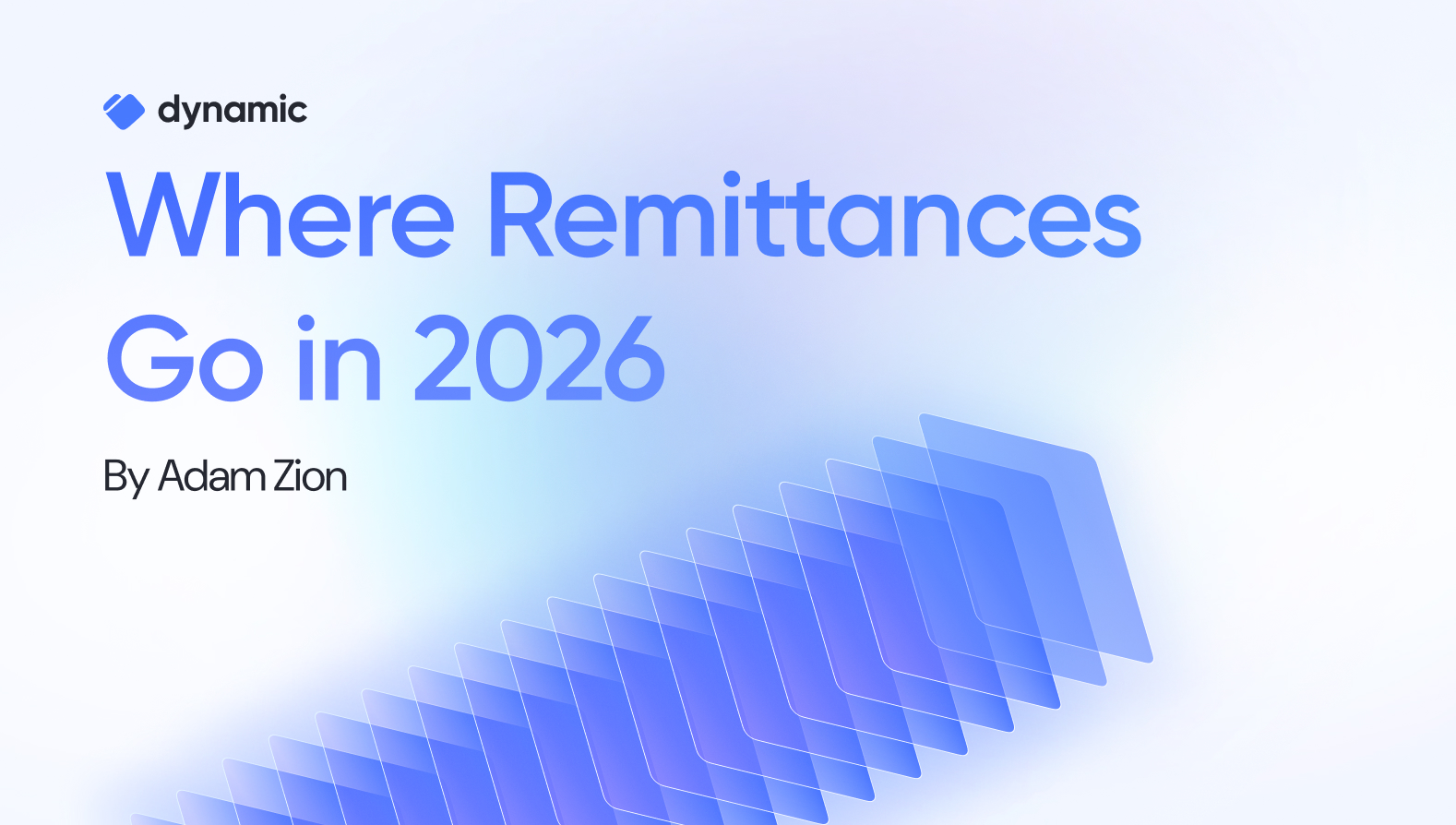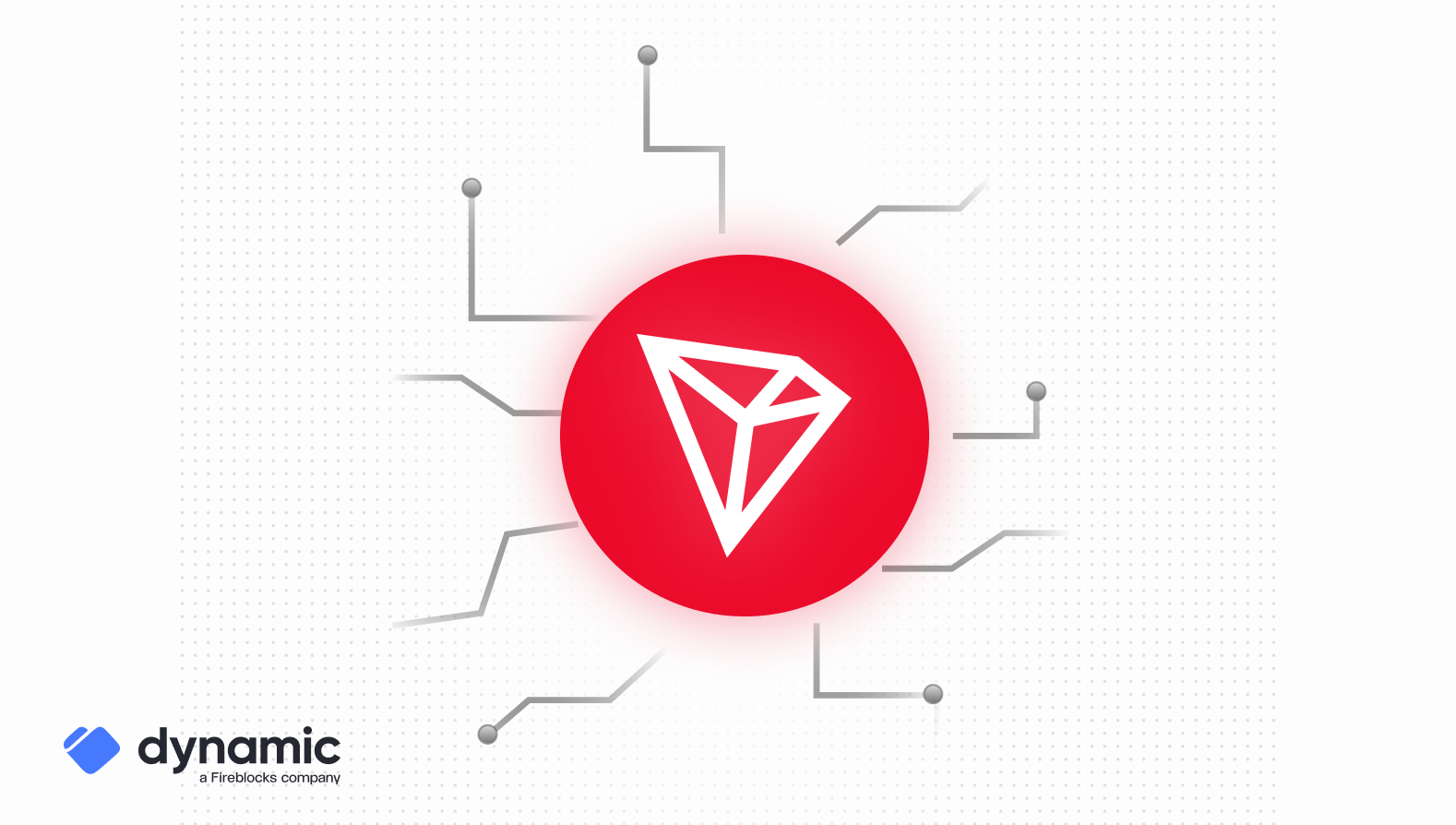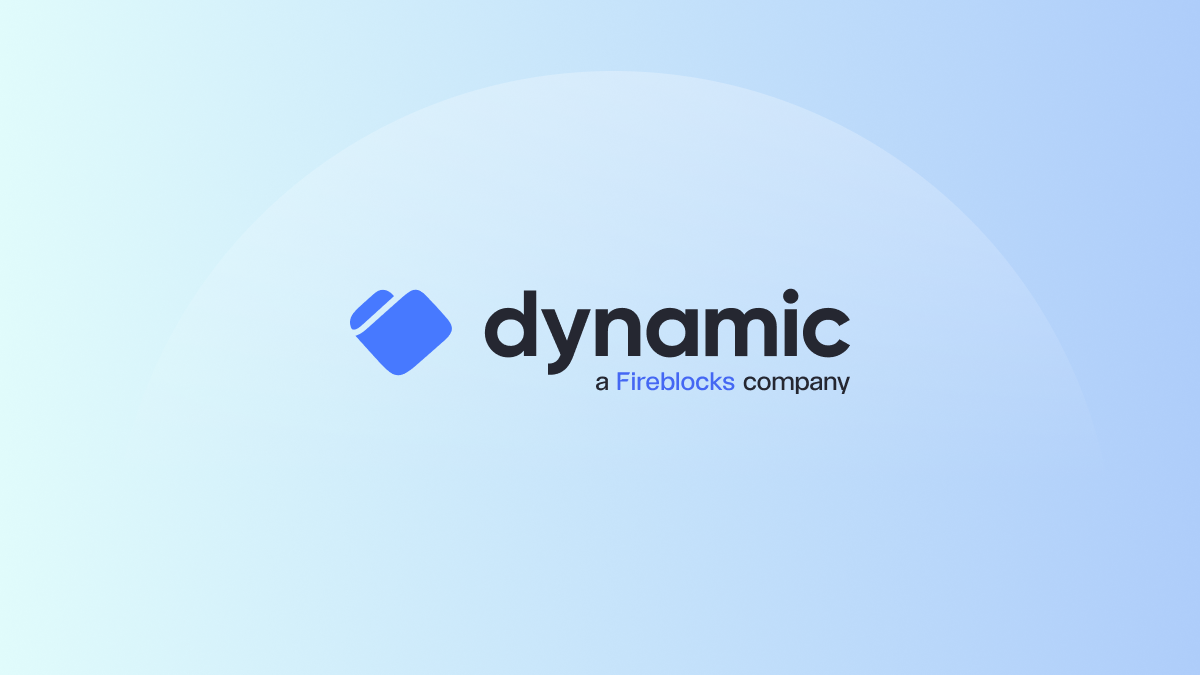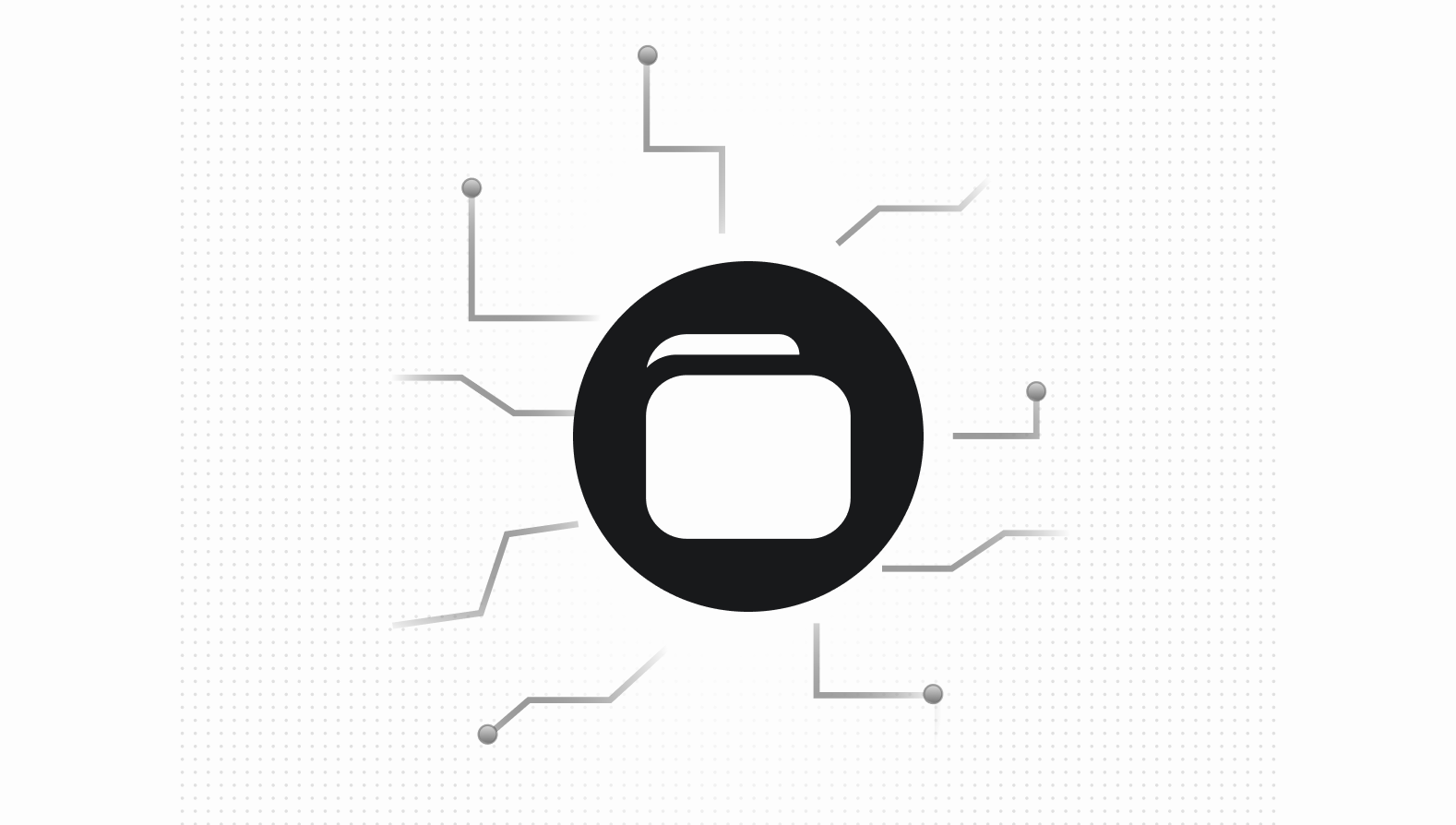How the Remittance Industry is Leaving Billions on the Table


The future of remittances is two-sided.
Every time a remittance company processes a transaction to Brazil, they capture the sender's fee, but lose the receiver almost entirely to local banks and off-ramp providers. That model is changing with the introduction of stables and embedded wallets.
The One-Sided Trap
Remittance companies have historically optimized for exactly one customer: the sender. The receiver? They're a beneficiary. An endpoint. Someone who collects cash and disappears from the system entirely.
This wasn't a choice. It was a structural constraint. If you're a US-based remittance company, you can't easily serve a customer in Mexico without establishing banking relationships and navigating local regulations. Expansion was slow and expensive. So you optimized for the side you could actually serve.
The same logic applied in reverse. If you're Nu Bank in Brazil, you serve your local customer base brilliantly. But when those customers receive money in the US, you're not part of that transaction. Nu gets nothing.
Case Study: Nu Bank's Hidden US Customer Base
Take Nu, the largest neobank in Latin America with over 127 million customers and 98 million monthly active users across Brazil, Mexico, and Colombia.
Many of these users have direct ties to the United States: family in Miami, remote work for US companies, regular cross-border payments. But when those US connections receive money, Nu captures minimal value from that transaction.
Nu owns the sender relationship in Brazil but monetizes none of the receiver's flow. The relative in Miami uses Chime. The US employer uses Deel. Nu built the trust and serves the customer daily, but when money crosses the border, they're cut out entirely.
If even 20% of Nu's 98 million active users have recurring US ties, that's roughly 20 million potential US customers who already trust the brand. That's not market expansion. That's activating the hidden side of your existing network.
17 Million Invisible Users
Remitly has 8.5 million active customers processing $18.5 billion in send volume. But those senders are sending to approximately 8 to 10 million unique receivers who are currently semi-invisible to Remitly's business model. They exist only at transaction endpoints.
When a receiver gets their payout, they deposit it in their local bank or through their local neobanking partner. That bank captures the float, earns yield, cross-sells products, issues a debit card that generates interchange, and builds a long-term relationship. The local bank gets the lifetime value. Remitly gets a one-time transaction fee.
What if Remitly deepened their relationships with those receivers? That's potentially another 8 to 10 million users who currently generate limited ongoing revenue. You're talking about doubling your effective customer base.
Why Now? Three Converging Forces
If this opportunity is so obvious, why hasn't it happened yet?
1. Stablecoin Infrastructure Has Matured: Stablecoins provide a global settlement layer that works across borders without requiring banking relationships in every destination market. Regulatory clarity is improving, and onchain rails now handle billions in monthly volume.
2. Embedded Wallet Technology Has Simplified: Embedded wallet providers now abstract away complexity. Users don't need to understand seed phrases or gas fees. They just see a balance they can hold, spend, or withdraw.
3. Receiver Behavior Is Shifting: Younger receivers in emerging markets are increasingly comfortable with digital-first financial products. Smartphone penetration has reached critical mass.
The Infrastructure Unlock
Traditionally, serving both sides of a corridor meant establishing banking partnerships in every market. Different compliance frameworks, separate regulatory approvals, distinct operational infrastructure.
Banking relationships remain critical, but a parallel path now exists. Stablecoins and embedded wallets create a new expansion model. A user in Brazil can receive USDC into a non-custodial wallet without requiring a local banking entity on your end.
This changes the regulatory model. When receivers hold funds in their own wallets, you're not necessarily acting as a money transmitter in every market. Travel Rule compliance and stablecoin regulations still apply, but the primary expansion blocker, needing a licensed money transmission presence in every receiving country, falls away.
Three Revenue Streams
1. Float, Yield, and Balance Monetization
When receivers hold stablecoins in wallets within your ecosystem, the economics shift entirely.
Assume 10% of receivers hold an average balance of $500. For a company with 8 million receivers, that's $400 million in aggregate float. At a 4% annual yield, that's $16 million in annual revenue from balances that previously sat in correspondent bank accounts earning you nothing.
Yield rates fluctuate with market conditions, and proper risk disclosures are essential. But the fundamental shift remains: balances you control can be monetized. Balances you immediately hand off cannot.
2. Delayed Cash-Out Economics
Traditional remittance companies pay 1-3% in fees for instant payout. With embedded wallets, you give receivers optionality: cash out immediately, or hold funds digitally and withdraw later.
Every day a user holds stablecoins is a day the company retains more margin. If your average receiver holds funds for 7 days instead of cashing out immediately, and your instant off-ramp fee is 2%, you've just improved unit economics by up to 2% on transactions where users delay withdrawal. At $18 billion in annual volume, that's potentially $360 million in retained margin.
3. Card Issuance and Interchange Revenue
Issuing cards to receivers makes remittances spendable without requiring cash-out. Every swipe generates interchange revenue, typically 1–2% of transaction value.
If 20% of 8–10 million receivers adopt a card and spend $200/month, that's $340 million in monthly volume. At 1.5% interchange, that's $61 million annually.
But receivers already have local bank cards. Why would they use yours? The answer must be compelling: instant top-ups, rewards tied to volume.
What Adoption Actually Looks Like
The biggest risk isn't technical. It's adoption. Most remittance receivers want local currency immediately.
Start with optionality, not disruption:
- Offer traditional instant payout as the default
- Introduce the wallet as an option: "Hold digitally and avoid fees"
- Reward early adopters with better margin rates on yield
- Make the first cash-out experience seamless
Target the right receivers first:
- Markets with high smartphone penetration and low banking trust
- Receivers with recurring flows who benefit from balance features
- Users sending money back home (two-way corridors)
Adoption will be gradual. But even 10-15% adoption among receivers can double the lifetime value of your customer base.
Implementation Roadmap
Phase 1: Pilot with Embedded Wallets & Single Low-Risk Yield option (Months 1-6)
- Choose 1-2 high-volume corridors
- Integrate embedded wallet infrastructure for receivers
- Target: 10%+ of receivers opt for wallet vs instant payout
- Layer on stablecoin-backed yield-generating pool
- Target: Average balance held increases to $300-500
Phase 2: Card Issuance (Months 6-12)
- Launch virtual cards for receivers with $500+ monthly inflows
- Target: 20%+ card activation rate
The Next Decade
The companies that win won't be the ones that move money fastest or cheapest. The winners will be the ones that understand both sides of every transaction are customers and build the infrastructure to serve them both.
That shift requires new technology: embedded wallets, stablecoin rails, and multi-sided platform thinking. But more importantly, it requires rethinking what business you're actually in.
Are you a money transfer company optimizing for transaction volume? Or are you building a financial platform for the next billion cross-border users, people who live, work, and manage money across borders continuously?
The corridor economics make the answer obvious.
Share this article




